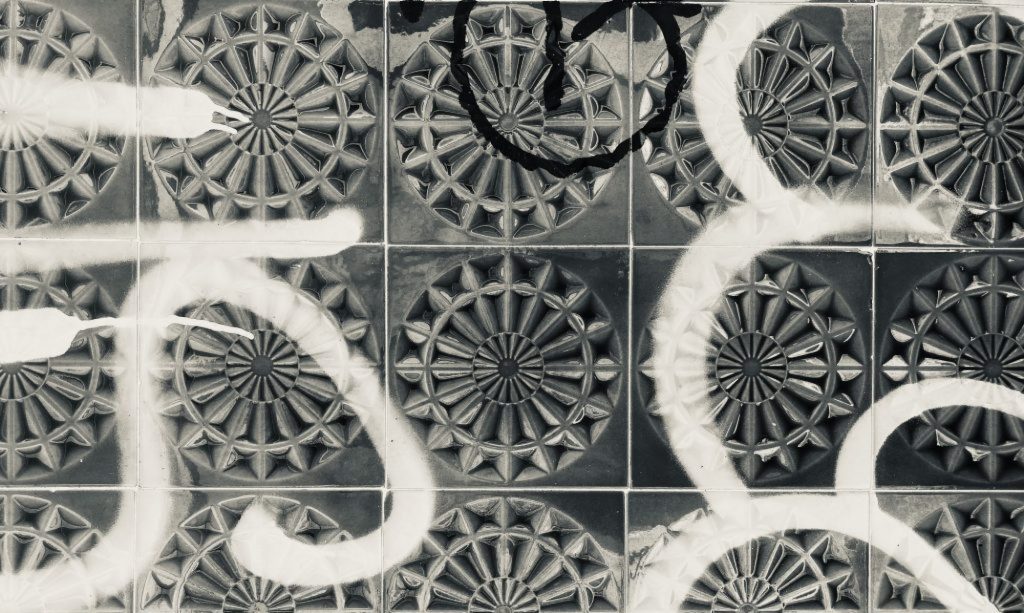Reflections on Learning Outcomes
I thought I had it. Thought I finally grasped what was special about the learning outcomes as a tool for evaluation and assessment. Thought I had a solid plan and justification for communicating learning outcomes in a structured way. In my mind it was a “square peg into square hole, round peg into round hole” type of answer: clear and straightforward. And then I read ‘Learning outcomes and assessment criteria in art and design. What’s the recurring problem?’ (Davies, 2012) and remembered design education is never straightforward. The creative process, especially one that is qualitative, creative, and emergent can’t be put in a neat box. But we try anyways, for good reason: so that students understand “what [is] required of them on their course and… how and why they [are] being assessed” (Davies, 2012).
The article provides a historical overview of why learning outcome were concocted to address inherent problems and bias with assessment criteria. But still, cognitive ability and creative thinking and all of the accompanying creative attributes that are meaningful to the arts and design practice (e.g., imagination, risk taking, criticality, inventiveness, etc.) are not easily captured by learning outcomes; also, meaningful learning not easily measured, but emerges through a complex holistic practice (Davies, 2012).
Davies problematises learning outcomes to show that it is a necessary but imperfect system. Students do not have successful learning experiences because of Learning Outcomes – it’s the holistic learning journey that builds over years, established through different support systems. Nevertheless, LOs set the learning expectations and provide a map for the student to understand the “intended landscape and boundaries of their intended learning.” (Davies, 2012).
Coming back to my opening point – I’ve written about constructive alignment (see Case Study 3) and how I intend to refine learning activities against LOs and communicate to students how the learning activities intend to develop their creative attributes against the roadmap of the Learning Outcomes. My realisation is not so much an insurmountable problem or barrier, but re-recognition that the goal of mapping LOs to activities and assessment is not addressing the right objective. The paradox is that in “the search for accuracy and ‘clarity’… the more we seek to map… the more the landscape becomes ambiguous.” (Davies, 2012). Needless categorization can result in not helping the students see the forest from the trees. Therefore, the communication of learning activities to learning outcomes should focus on articulating the meaningfulness of the activity within the wider LO picture. If there’s a sense from the students that learning outcomes can be quantified by measuring activities this needs to be challenged.
Constructive alignment is still a planning objective, with more frequent communication of learning activities and their meaningful relation to outcomes. In addition, a secondary objective requires clarifying to the students that the demonstration of learning outcomes is not a tick-box exercise, rather it’s a holistic account of how they have critically an creatively engaged with the creative attributes expected within the discipline of design.
References
Davies, A. (2012) ‘Learning outcomes and assessment criteria in art and design: What’s the recurring problem?’. Issue 18. July 2012. Available at: University of Brighton (Accessed: 15 March 2025)
